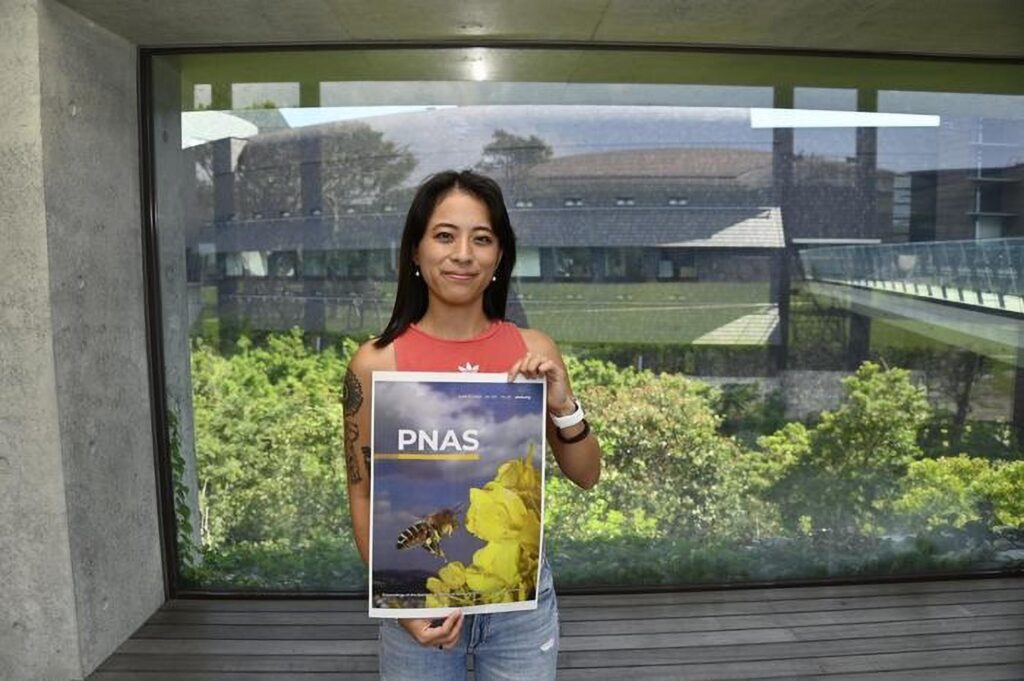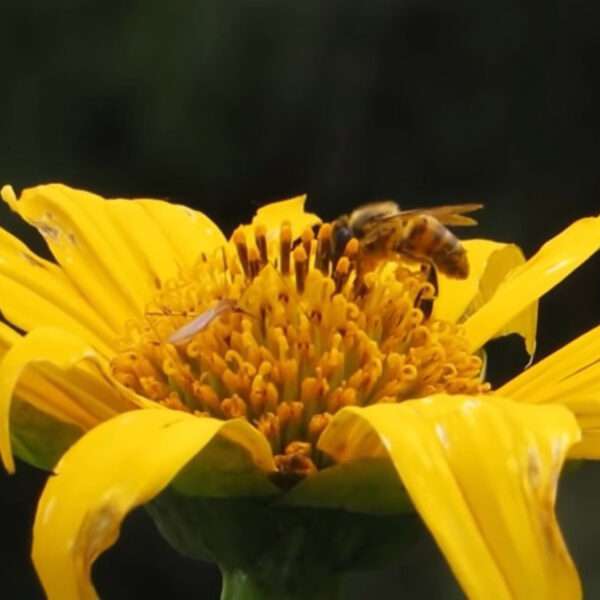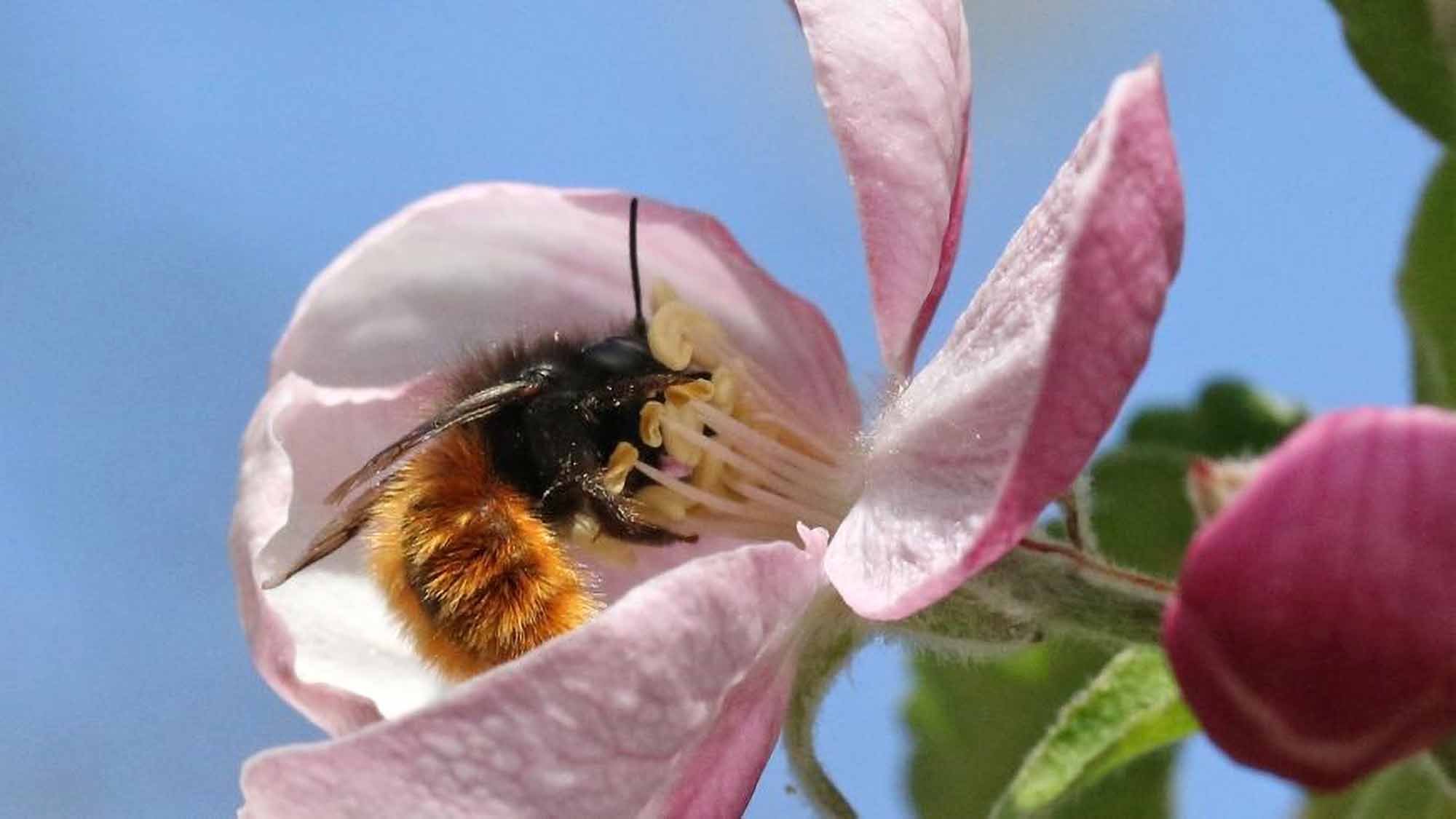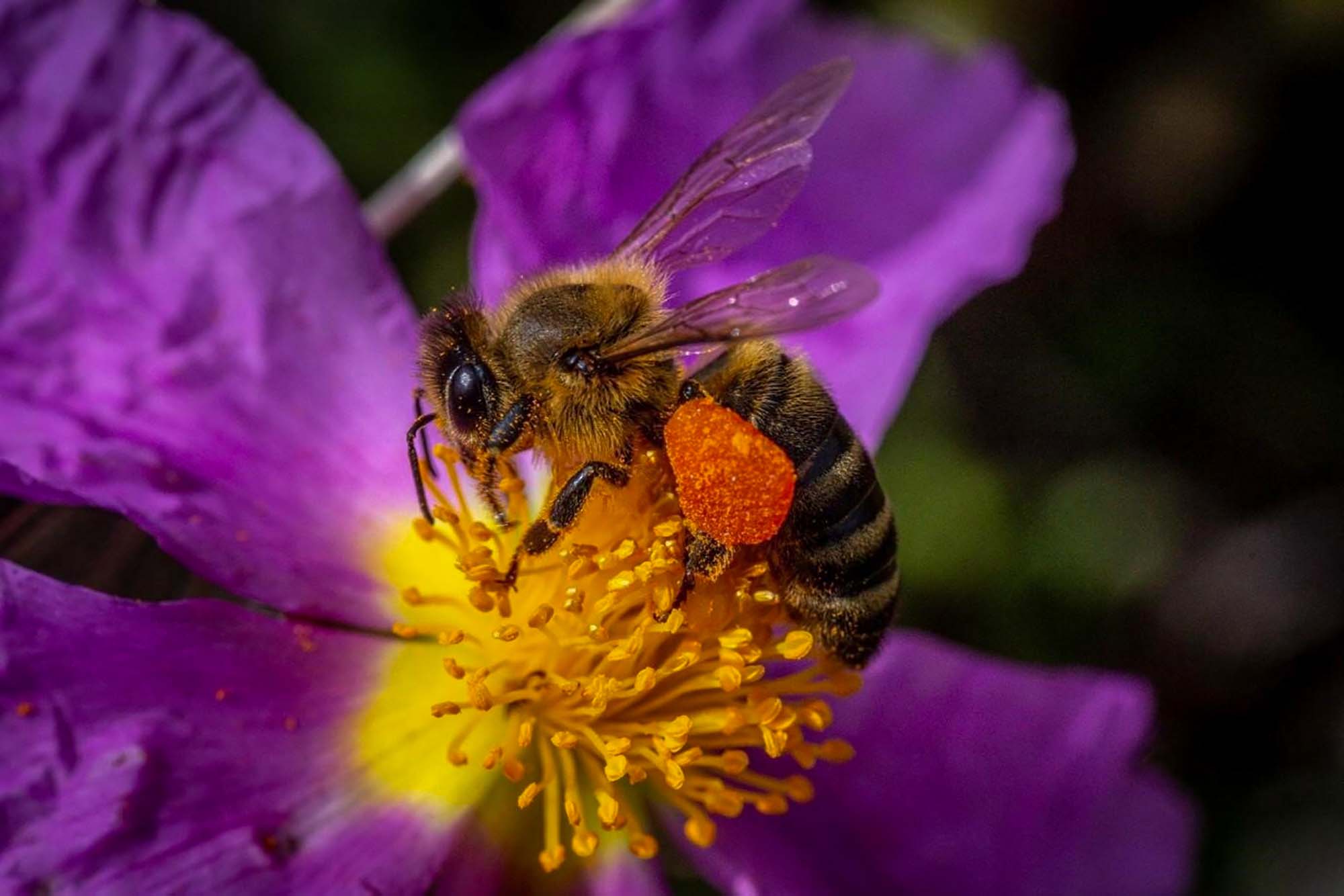A dangerous pathogen that damages the wings of honeybees before eventually killing them could have originated in Asia and not in Europe, as previously assumed by scientists.
Researchers from the Okinawa Institute of Science and Technology (OIST) in Onna, Japan, examined the most common type of the Deformed Wing Virus (DWV). The disease is one of the main reasons behind the steady decline of global honeybee populations.
The virus, which is spread by the Varroa destructor mite, has been branded “the biggest threat to honeybees right now” by experts. Investigations by evolutionary biologist Nonno Hasegawa and her colleagues suggest that its DWV-A strain could have emerged in Asia.

Nonno said she and her team used RNA sequencing to carry out the study. This term describes a method which helps to determine ribonucleic acid (RNA), an important molecule.
The OIST scientists took biological samples and examined Varroa mites they collected from 56 locations around the world.
Nonno said: “European honeybees were introduced to Asia and other parts of the world and became widely used in horticulture because they are more productive for beekeeping than the endemic Asian honeybees.”
She explained: “They are an invasive species of bees. That is a problem. When we bring different species to areas where they do not naturally occur, we are increasing the risk of diseases spreading in both native and invasive species.”
Nonno assumes that the Varroa mites switched hosts when European honeybees were introduced in Asia. The researcher believes that they moved from the original native host, the Asian honeybees, to the new more susceptible host, the European honeybees.
Speaking about the dangerous disease’s characteristics, the scientist said: “The Deformed Wing Virus is easy to identify in the field because you can clearly see that the wings of infected bees are deformed.

“The infected bees can also become disorientated when they move around. Eventually, when a significant number of bees become infected, the colony may be unable to sustain itself due to a shortage of foragers.”
Nonno warned: “This can result in an unhealthy hive that may gradually die off.”











